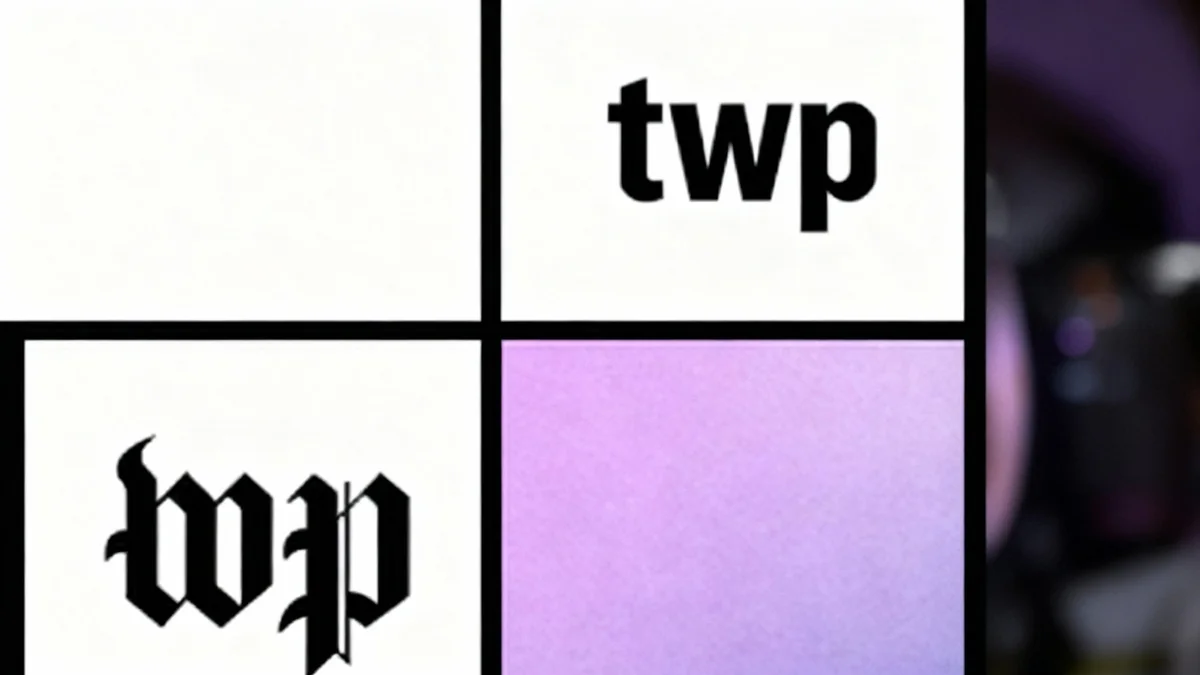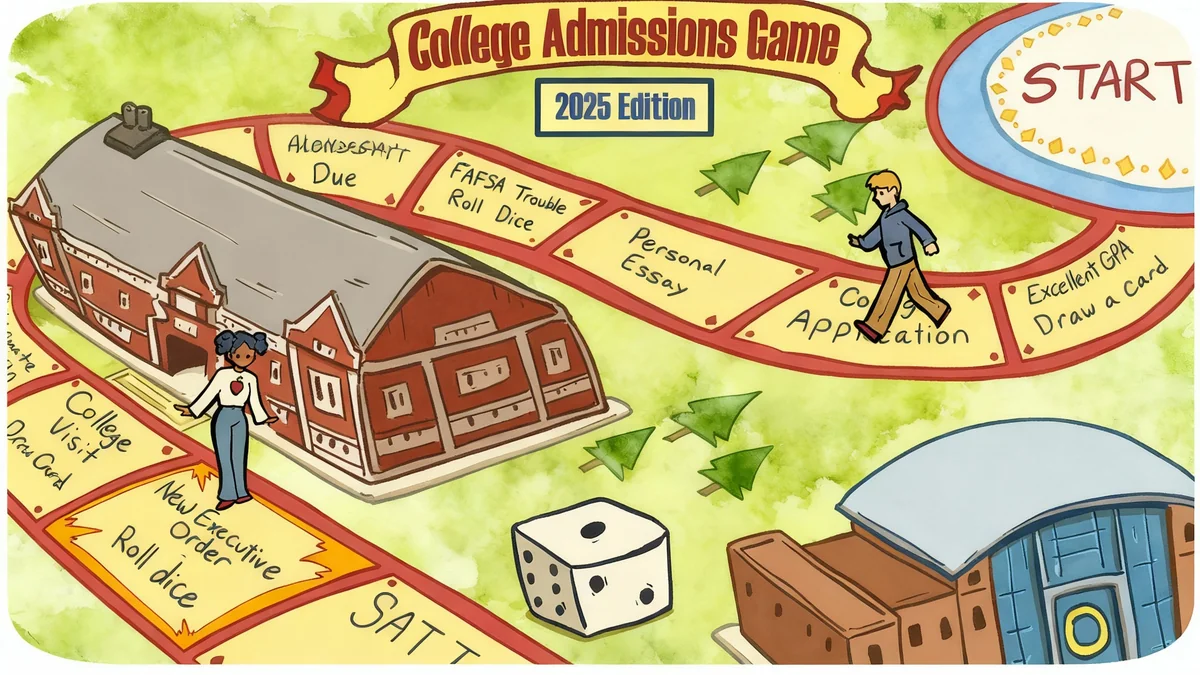A Halloween costume choice by a group of math teachers at Cienega High School has ignited a firestorm of controversy within the Vail School District community. The teachers wore matching T-shirts that featured the phrase “Problem Solved” alongside what appeared to be fake blood stains, prompting accusations from some parents that the attire was a political statement referencing a recent high-profile killing.
The Vail School District has since responded to the community's concerns, stating that the costumes were misinterpreted and were intended as a math-related joke. However, the explanation has done little to quell the debate, which has now spilled onto social media, raising questions about professional conduct for educators.
Key Takeaways
- Math teachers at Cienega High School wore “Problem Solved” T-shirts with fake blood for Halloween.
- Some community members interpreted the shirts as a reference to the recent killing of political commentator Charlie Kirk.
- The Vail School District superintendent stated the shirts were a math-themed joke and were worn the previous year as well.
- The district has apologized for the concern caused but also condemned personal attacks against the teachers involved.
A Costume Sparks Community Outrage
The controversy began after photos circulated online showing a group of Cienega High School math teachers posing in their Halloween costumes. The matching T-shirts were splattered with red, blood-like stains concentrated on the left side and bore the phrase “Problem Solved.”
Immediately, some parents and residents took to social media platforms to express their anger. They drew a direct line between the shirts and the September 10 shooting death of Turning Point USA co-founder Charlie Kirk, who was shot in the left side of his neck. For these community members, the costumes were not just distasteful but a politically charged statement made in a public school setting.
Social Media Reaction
Online forums and comment sections quickly filled with heated debate. One poster, identifying as a teacher, expressed deep disappointment.
“As a teacher myself, I was absolutely appalled by that photo of those folks wearing blood-like patterned T-shirts. Irrespective of your political views and convictions, you must remain professional and impartial. In my classes, I never allow myself even a single political comment.”
Others felt the timing and imagery were, at best, tone-deaf. “There’s a difference between being clever and being crude, and this missed the mark entirely,” another user wrote, adding that the district’s defense of the action was the “real problem that needs solving.”
Context of the Controversy
The public reaction is heavily influenced by the recent killing of Charlie Kirk, a prominent and often polarizing political figure. The specific imagery on the T-shirt, particularly the location of the fake blood stain, appeared to some as an undeniable reference to the tragic event, transforming a potential school-spirit activity into a perceived political endorsement of violence.
District Officials Address the Issue
In response to the growing backlash, Vail School District Superintendent John Carruth issued a statement to clarify the teachers' intentions. He asserted that the costumes had no connection to any political figure or event and were simply a play on words related to their subject matter.
“These shirts were worn both this and last year as part of math-themed Halloween costumes and were not intended as a reference to any person, event, or political issue,” Carruth explained. He stated the costume was “meant to represent solving tough math problems.”
Carruth directly addressed the community's interpretation as incorrect. “Any reference that these shirts were related to something other than that are simply false and untrue,” he said.
A History of the T-Shirt
According to the superintendent, the same T-shirts were worn by the teachers for Halloween in the previous school year. This was long before the September death of Charlie Kirk. One social media user noted her husband had purchased the same shirt last year from an online retailer, suggesting its widespread availability and non-specific theme.
An Appeal for Calm and Grace
While defending the teachers' intentions, Superintendent Carruth also acknowledged the distress the situation had caused. In an email sent to the district community, he expressed remorse for the misunderstanding and announced the shirts would not be worn again.
“The teachers involved care deeply about their students and this community. Many have served Vail families for years,” Carruth wrote. “All of them are committed to protecting children, and none of them would intentionally cause hurt or pain. They too are truly sorry that this has caused concerns.”
However, the superintendent also highlighted a troubling consequence of the online controversy: the targeting of the educators involved. He noted that the character of the teachers had been called into question and that some had faced online harassment.
“Personal attacks or threats against staff are unacceptable and do not reflect the values of our community,” he stated, asking for “grace” as the district learns from the experience.
The Lingering Debate Over Professionalism
Despite the district's explanation and apology, the incident leaves lingering questions for many in the community about judgment and professionalism in schools. For some, the intent behind the costume is less important than its impact on students and the public.
The debate touches on a sensitive and ongoing national conversation about the role of politics in the classroom. Critics argue that educators must be held to a higher standard and should avoid any action or expression that could be perceived as partisan or insensitive, especially when it involves imagery related to violence.
The district's initial statement on its Facebook page appears to have been removed, suggesting an evolving response to the public feedback. As the Vail community processes the event, the focus remains on the line between creative expression and professional responsibility in an increasingly polarized environment.





